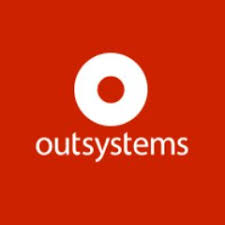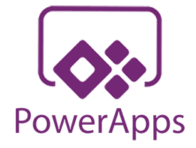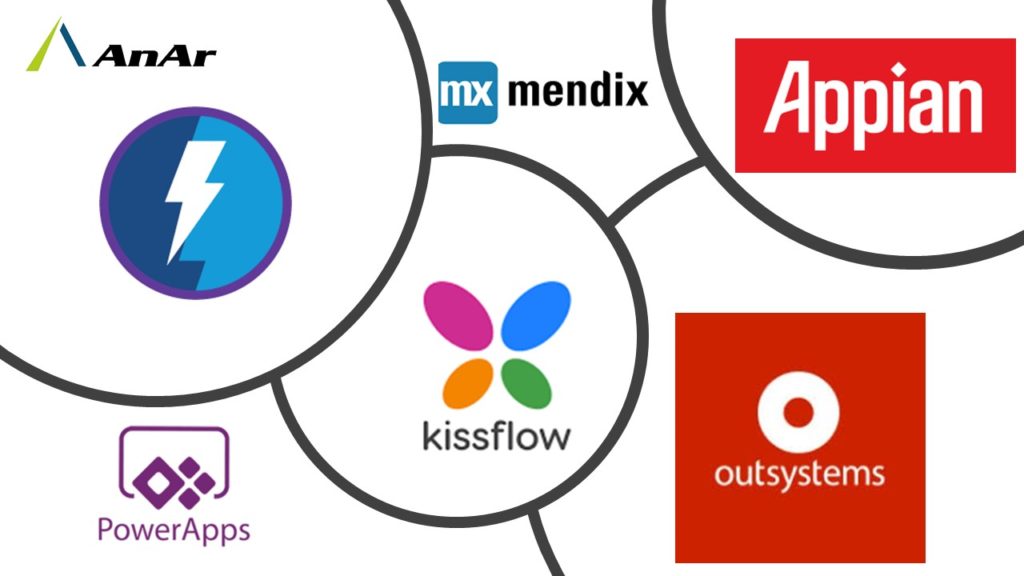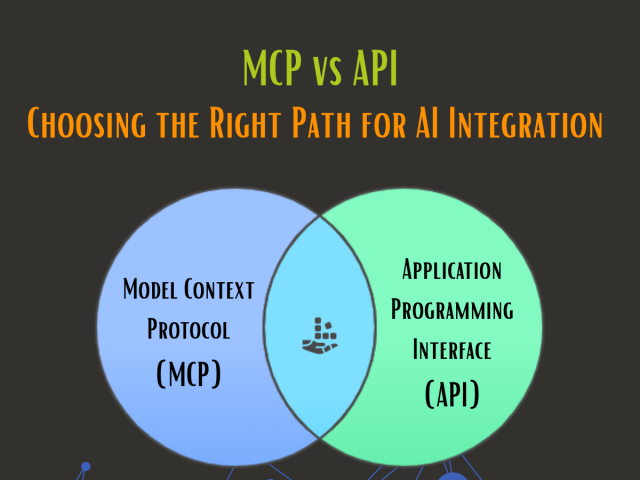In an era of relentless market evolution, companies must embrace change to thrive. The trajectory of Low Code Development Platforms mirrors this paradigm shift, with market projections indicating a staggering $27.22 billion valuation by 2022. This exponential growth underscores the global embrace of this transformative technology.
But what exactly is Low Code Development?
It stands as a revolutionary approach to application building, simplifying the process with graphical tools that minimize the need for extensive coding. This method not only accelerates development but also streamlines the ideation and execution phases, aligning deliverables with organizational goals.
This blog uncovers why companies embrace Low Code Development – it empowers novices, speeds up development, and improves maintenance. Discover who benefits most and why it’s accessible for organizations. We also compare top platforms, highlighting strengths and limitations. Whether you’re a startup or an enterprise, this guide helps you optimize software development for a more efficient future.
Why do companies use Low Code Development?
The advantages of Low Code Development drive companies to embrace this innovative development approach.
- Build Complex Applications with Ease
- Low Code Development empowers even less experienced developers to create sophisticated business applications.
- Swift Development Compared to Traditional Programming
- The streamlined approach significantly accelerates the development process compared to traditional coding methods.
- Eliminates Syntax Errors and Complex Coding
- Low Code Development rescues projects from the pitfalls of intricate syntax errors often encountered in serious coding.
- Saves Time, Effort, and Resources
- It reduces the investment in managing tasks, translating to substantial savings in time, money, and human resources.
- Enhances Team Efficiency and Productivity
- Low Code Development contributes to a more efficient and productive development team by simplifying ideation and execution processes.
- Simplified Ideation and Execution
- The approach streamlines the entire process, ensuring that deliverables align seamlessly with organizational goals.
- Automates Time-Consuming Routine Tasks
- Low Code Development enables the automation of tedious and time-consuming routine tasks, freeing up valuable resources.
- Facilitates Rapid Modifications
- Reduced dependencies in the code allow for quicker and more efficient modifications to the software.
- Simplifies Software Maintenance
- With Low Code Development, software maintenance is less complex, leading to smoother operations and fewer disruptions.
- Reduces Hiring Costs
- By empowering existing team members and reducing the need for specialized expertise, Low Code Development significantly cuts down on hiring costs.
- Ensures Quality Standards
- The structured approach of Low Code Development helps in maintaining high-quality standards throughout the development process.
- Fills Skill Set Gaps and Empowers Programmers
- It bridges skill set gaps within the team and empowers programmers with new development techniques.
- Accelerates Bug Fixing
- Developers save significant time on troubleshooting and bug fixing, leading to faster and more efficient coding.
- Efficient Mock-Up Techniques
- Low Code Development includes effective mock-up techniques that save programmers days of effort in the development process.
- Real-Time Feedback Collection
- The approach allows for the collection of real-time feedback, providing timely insights and improving the development process.
- Promotes a Dynamic Work Environment
- By encouraging quick thinking and solution-oriented approaches, Low Code Development fosters a dynamic work atmosphere.
- Simplified Quality Checks
- Constant evaluation ensures that programming remains within the scope of the project’s requirements, simplifying quality checks.
- Enhances Managerial Efficiency
- The ability to easily schedule and reschedule activities adds to managerial efficiency, ensuring smoother project execution.
Who should opt for Low Code Development?
Companies that have huge and frequent software requirements or constant changes/customization of features are what you deliver. You have to build applications that cannot wait for IT experts to finish it due to the challenges faced by other departments. If the backlog is unmanageable and the development team is unable to meet deadlines, create at least the minor level forms and simpler service log using low code development. You can Compare Low Code Development Platforms before you decide to take it on.
Why is it easy to implement the Low Code Development in organizations?
Implementing Low Code Development in organizations is facilitated by several key factors:
- Streamlined Business Processes: Programming simplifies routine tasks within businesses, aligning requirements with specific business processes.
- Evolving Expectations: Over time, people have come to expect enhanced features and quicker solutions, driving the demand for automation.
- Intuitive Graphical Tools: These tools provide a clearer understanding of the development process, making it more accessible compared to traditional coding.
- Simplicity Over Complexity: Handwritten code often tends to be complex, influenced by individual understanding and thinking patterns. This complexity can make maintenance challenging.
Comparison: Top 6 Low Code Development Platforms (LCDP)

Appian: It is the best low code development platform with ability to deliver faster and automate the business processes. Users reviewed it as a powerful tool to create solutions to meet customer expectations and improve operational efficiency.
Features and Benefits:
- Web-based platform eliminates the access constraint
- Faster conversion of ideas to innovative solutions
- Create dashboards and
- Instant deployment
- Drag and Drop tools
- Point and Click development tools
- Fast screen mock-ups
- Pre-built connectors enable faster integration
- Development suitable for every device type
- Build to deploy everywhere
- Built- in task management
- Great integration with other applications
- Create graphical and textual reports
- Latest cloud services available
- No code integration to AI/ML platforms via Amazon AWS, Google Cloud, and Microsoft Azure
Limitations:
- Sometimes we have to opt for hard coding
- User training is time-consuming
- Customization is bit challenging
- Difficult to navigate objects in designer tool
- When we compare Low Code Development Platforms, mid-sized companies and enterprises prefer Appian.



OutSystems: A platform that lets you build applications at ultimate speed yet is easy to manage and edit applications using low code development. Deliver apps rapidly with the well designed low code development platform.
Features and Benefits:
- Low learning curve, flexible and easy to use
- Quickly create prototypes, simplifies the DevOps cycle
- Reusable codes and UI
- Deliver scalable applications
- Develop end-user interface having modern look and at a high pace
- Easy debugging
- Add explicit custom code
- Flawless deployment of your apps, on-premises or cloud environments
- Easy integration of existing systems with new applications built using OutSystems
- Perfectly develop and deploy the full-stack apps in one click
- Easy to connect, integrate apps with any system
- Adheres to the high-security standards that ensure the safety of applications from design to development level
- Create rich mobile apps, responsive web apps, and reliable enterprise-grade applications
- Better user experience with the real-time performance dashboards
Limitations:
- Versioning requires attention and a better solution
- Automate the menu positioning instead of manual adjustments
- Filtering requires an easy way out
- Repository management needs polishing
- Implement other code snippets like Java
- Training documents are vague
- Search functionality crashes many times
If we compare Low Code Development Platforms, small, mid-sized companies and enterprises prefer OutSystems.



KissFlow: Create customized apps from the inbuilt apps of this software and automate business processes easily. Streamline the processes to add up competence.
Features and Benefits:
- Eliminates the need for coding
- Get a complete view of a task in progress
- Digitalize testing process
- Customize form designing and approvals
- Digitize forms efficiently
- Drag and drop facility for add/edit and task logic
- E-mail notifications towards task completion is a great tracking method
- Adds transparency to the development process
- Define and manage dependencies
- Visual learning makes using the tool interesting
Limitations:
- Continuous internet dependency
- UI needs to be more interesting
- Expect more features
- Facility to reassign forms is missing
- Too many fields for creating forms is at times problematic
While you compare Low Code Development Platforms, rest assured that KissFlow is best suited for small, mid-sized companies and enterprises.



Microsoft PowerApps: It gives freedom to use templates or start from starch and develop your own way. This platform connects the database of your app to simplify logical sequencing for building apps having stronger business logic.
Features and Benefits:
- Pre-built templates and UI objects assist in creating new apps
- No coding for basic app development
- Point and click app designing to build tailored applications speedily
- Advanced level workflow automation
- Useful to build apps that need complex UI
- Being built on cloud developers can benefit from Azure functions
- Greater control over business process automation
- Create mobile and desktop apps simultaneously
- External users enjoy using applications built on low code
Limitations:
- Require more options to tweak code
- Detailed learning needed to understand the features offered
- Tooltip needed to explain the function
As you compare Low Code Development Platforms, it gets clearer that Microsoft PowerApps is certainly for mid sizes and large enterprises.



Mendix: It supports applications developed for any device no coding experience required speeds up the app development process. Build apps focusing on the business context.
Features and Benefits:
- Build applications for all kinds of devices
- Custom themes, and in-built templates, help in designing quickly
- People with no IT exposure
- Fast and flexible development
- Single-click deployment
- Easy project management
- Integration with life cycle management and other systems
- Offline working capability
- Real-time check on models
- Automated backups and reusable components
- UI & UX incorporated mobile features
- Pre-built connectors for IoT and ML
Limitations:
- Added flexibility can grant better control
- Widget development is complex
- At times the release cycle contains drawbacks of earlier versions
- Deploying on cloud takes time
- Trouble in generating reports and documents
Whereas you compare low code development platforms Mendix turns out beneficial for medium and large enterprises.



Salesforce Lightning: Build mobile apps with advanced security features. It is easy to use yet can help to form business solutions that have higher complexities.
Features and Benefits:
- Create apps from spreadsheets instantly
- Handle app building that has complex workflows like an expert
- Deployment management, no-code, and source control
- Easily set-up and add workflow
- Latest UI
- Easy navigation within the platform
- Hover feature for most of the buttons ease the work
- Transparency with this platform is an advantage for the development team
- Reusability of the components
- Integration with third-party data
Limitations:
- Creating reports can be challenging due to a lack of clarity on fields
- Needs high-speed internet connection
- Each user cannot have a customized view
- Steep learning curve
If you compare low code development platforms Salesforce Lightning turns out beneficial for medium and large enterprises.
Compare the Low Code Development Platforms:



| Sr. No. | LCDP | Free Trial | Price Range | Deployment | Operating system | Mobile Application |
| 1 | Appian | Yes | USD 90 Per Month | On-premise, Saas | Windows, Mac | Apple iOS, Android, Windows Phone, Blackberry, Mobile Web |
| 2 | OutSystems | Yes | Free Plan & USD 6250 | Cloud, SaaS, Web | Windows, Linux, Mac, Web-based, Android, iPhone-iPad, Windows Phone, Mobile Web App | Mobile Web, iOS, Android Native |
| 3 | KissFlow | Yes | USD9 user/ per month | Cloud | Windows, Mobile Web | iOS, Android devices |
| 4 | Microsoft PowerApps | Yes | USD 10 – 40 user/per month | Cloud | Windows, Mobile Web | iOS, Android, Windows devices |
| 5 | Mendix | Yes | Free and USD 1875+ | Private & Public Cloud, On-Premise | Windows, Web-based, Linux, | Android, iOS, Windows Phone |
| 6. | Salesforce Lightning | Yes | USD 25 user/month | Cloud | Windows, Web-based, Mac | Android, iOS, Windows devices |
Other options you may consider to compare Low Code Development Platforms are Pega Platform, Nintex Platform, Skuid, Zoho Creator, Caspio and more…
Final Wrap-up
Low Code Development stands as a pivotal force in today’s tech landscape, offering a streamlined approach for businesses to thrive. Its power to empower developers, enhance efficiency, and trim costs is undeniable.
At AnAr Solutions, we’re poised to leverage Low Code Platforms for your business’s advantage. Whether you’re a startup or an enterprise, our expertise can propel you towards a future of innovation and competitiveness.
Embrace the future with AnAr Solutions. Elevate your business with Low Code Platforms. Reach out to us today for a transformative journey ahead.




